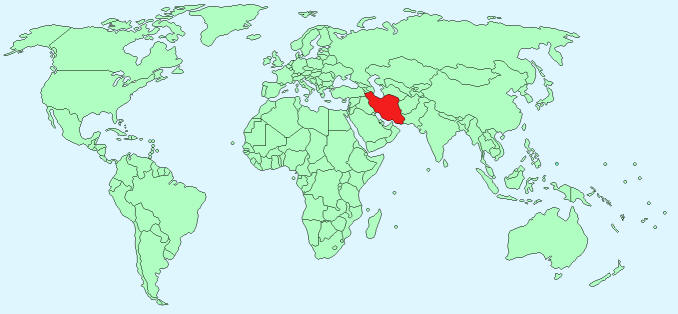On January 16th 2016, the UN, EU and US nuclear sanctions on Iran were lifted following a framework agreement for a deal to curb Iran’s nuclear programme (Joint Comprehensive Plan of Action – JCPOA). 10 years of economic and political sanctions has paralysed Iran and its economy. The value of the Iranian Rial has plunged and the production of Iranian oil declined due to reduced access to technologies. The embargo on foreign investment has led the country fall behind other markets in the region.
Many believe that the JCPOA agreement means that Iran could be the last “untapped” frontier market in the Middle East, offering potential through the re-establishment of international trade. According to the International Monetary Fund, the JCPOA will mark the beginning of a staggering 4%-5.5% economic growth in Iran, the highest in the region. Having experienced the market first-hand, I believe the predictions are accurate but there are still many obstacles to overcome.
As Iran re-opens its doors to the world, there is a sense of excitement, hope and optimism amongst Iranians. JCPOA has injected life back into Iran’s economy; factory cogs are back in motion, companies are staffed and functional, young entrepreneurs with a variety of start-up ideas are scavenger hunting for investors and Iran’s tourism industry is bigger than ever. I see these as the psychosomatic effects of the deal, as from a monetary point of view there is yet to be a foreign transaction or investment despite the EU’s efforts and promises.
Amongst all these activities reinvigorating the Iran market, there are a handful that see this revolution as an opportunity, to import forward thinking and sustainable socio-economic and technological culture. The culture that Iranians have been deprived of and the rest of the world has been thriving on for the past decade.
When I survey the landscape I am most familiar with, i.e. the construction industry and particularly sustainable buildings, I reflect that in a country where the real estate sector contributes to around 9% of GDP, topics such as ‘climate change’, ‘renewable energy’, ‘CSR’ and ‘green architecture’ should be on top of any major construction companies’ agenda. And what surprises many is that they have been for years.
Amazingly, despite the fact that no foreign certification body has been operating in the country until recently, many building designs address and include the requirements of leading environmental assessment methodologies such BREEAM and LEED. Sections of environmental categories such as Waste, Pollution, Land Use and Ecology and Material have been fed into the creation and construction of many new built structures from conception by UK and US educated engineers and architects. The question arises: why not incentivise further with training and certification?
From a BREEAM perspective, Iran post-sanctions presents a receptive, eager and inspiring market. There already exists a high demand for BREEAM, and inevitably there may be a ‘competition’ with LEED which, despite US sanctions, has a presence in the region. In such a market context, BREEAM will thrive through creating pathways that help share knowledge and ideas, not only in terms of regulations and technologies, but also to drive increased awareness, trigger social behavioural changes and cultivate a sustainability culture. I see in this space of change that now faces the country, and we in a strong position to help ensure that the rate of rapid growth is sustainable and exemplary in what it achieves with infrastructure, communities, commercial and domestic buildings.
Nonetheless, I cannot overlook the fact that to many Iran is an uncertain, unknown and fragile territory. But can we just stand by and let others race for the cornucopia?
